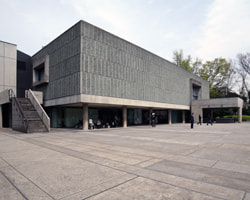
National Museum of Western Art
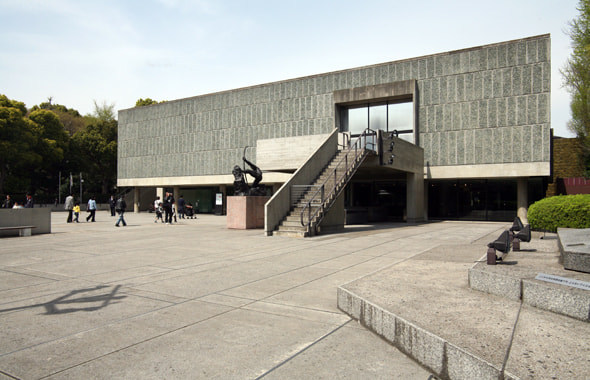
The National Museum of Western Art, Main Building
The National Museum of Western Art is based on the Matsukata Collection, comprising paintings, sculptures, etc., which were collected throughout Europe by the late Kojio Matsukata, who was the president of Kawasaki Dockyard Co., Ltd. from 1914 to 1928. The collection belonged to the French government under the San Francisco Peace Treaty that was concluded in 1951 after World War II. However, after the Japanese government signed the treaty, then Prime Minister Shigeru Yoshida made a request to the French government for the collection's return. In 1953, the French government stated that foundation of a "French art museum" in Japan was the essential condition for the collection's return, so the foundation of a "French museum" was agreed upon at a Cabinet meeting in December 1953 and a preparatory committee was established. In 1954, the Cabinet decided that the "French art museum" would be established as a new national museum in Ueno Park. It was also decided that the architect for the "national French art museum" would be Le Corbusier and that Japanese support staff would be Junzo Sakakura, Kunio Maekawa and Takamasa Yoshizaka. The Matsukata Collection's return was authorized under the government order by then French President Charles de Gaulle in 1958, and the agreement for the collection's return was officially signed in January 1959. The museum opened as the "National Museum of Western Art" in June 1959. (continued in the lower column)
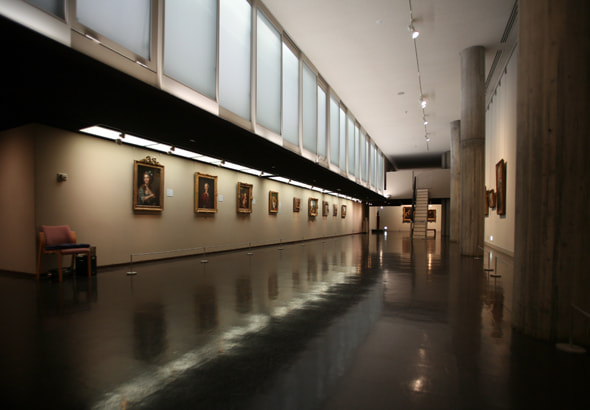
The exhibition room of the Main Building
The National Museum of Western Art's core is the Matsukata Collection (French art collection centering on Impressionist paintings and Auguste Rodin's sculptures). The museum is the only national institution that is dedicated to Western Art and collects artworks related to Western Art. Items of the Matsukata Collection (the museum was established to exhibit the collection), artworks from the Renaissance to the early 20th century that have been purchased every year since the museum's opening, and donated/on-loan artworks are exhibited in the Main Building (designed by Le Corbusier) and the New Wing (designed by Kunio Maekawa, 1979).(continued in the lower column)
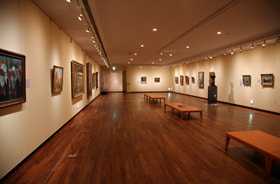
The exhibition room of the New Wing

The New Wing was designed by Kunio Maekawa and completed in 1979, the year of 20th anniversary of the National Museum of Western Art's establishment. It was built as an annex to the Main Building (designed by Le Corbusier). The New Wing stands as a counterpart to the Main Building that is connected through the courtyard planted with Japanese zelkova, ginkgos and camphor trees.

National Museum of Western Art
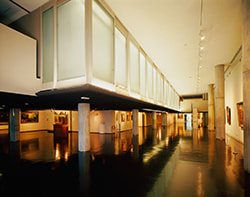
The exhibition room of the Main Building, designed by Le Corbusier(©The National Museum of Western Art)
The room consists of reinforced concrete frame construction, the domino system using slab (flooring), pillars, stairs, etc. and the concept of Modulor, based on the proportions of the human body and the golden ratio. The soft light shines from the large windows set above the low-level passage, creating senses of spaciousness and exaltation, as if one rises into the sky.
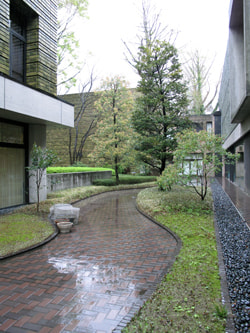
The garden located between the Main Building and the New Wing
The building made of concrete and stone makes a mild contrast to the verdant courtyard.

















